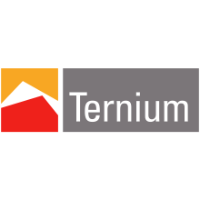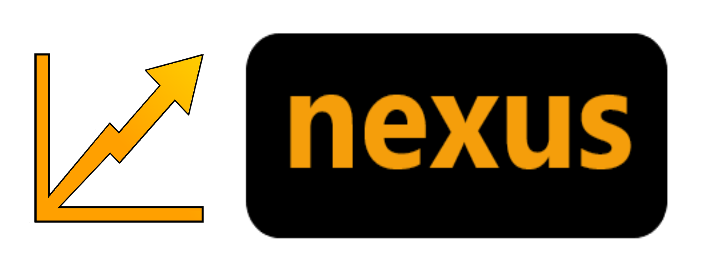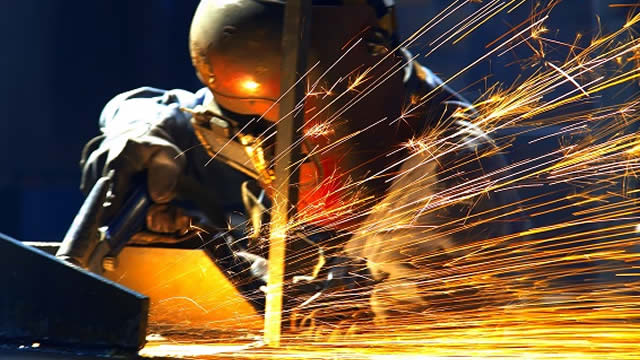
TX
Ternium S.A.
$36.83
0.27
(0.74%)
| Exchange: | |
| Market Cap: | 7.23B |
| Shares Outstanding: | 1.169B |
About The Company
| Sector: | Basic Materials | |||||
| Industry: | Steel | |||||
| CEO: | Maximo Vedoya | |||||
| Full Time Employees: | 33949 | |||||
| Address: |
|
|||||
| Website: | https://www.ternium.com |
Ternium S.A. manufactures, processes, and sells various steel products in Mexico, Argentina, Paraguay, Chile, Bolivia, Uruguay, Brazil, the United States, Colombia, Guatemala, Costa Rica, Honduras, El Salvador, and Nicaragua. It operates through two segments, Steel and Mining. The Steel segment offers slabs, billets and round bars, hot rolled flat products, merchant bars, reinforcing bars, stirrups and rods, tin plate and galvanized products, tubes, beams, insulated panels, roofing and cladding, roof tiles, steel decks, pre-engineered metal building systems, and pig iron products; and sells energy. The Mining segment sells iron ore and pellets. The company also provides medical and social; scrap; and engineering and other services, as well as operates as a distribution company. It serves various companies and small businesses in the construction, automotive, home appliances, agro, packaging, transport, and energy industries. The company was founded in 1961 and is based in Luxembourg City, Luxembourg. Ternium S.A. is a subsidiary of Techint Holdings S.à r.l.
Click to read more…
Revenue Segmentation
EPS
Earnings Call
Income Statement
(* All numbers are in thousands)
Balance Sheet
(* All numbers are in thousands)
Cash Flow Statement
(* All numbers are in thousands)
Analyst Estimates
(* All numbers are in thousands)


